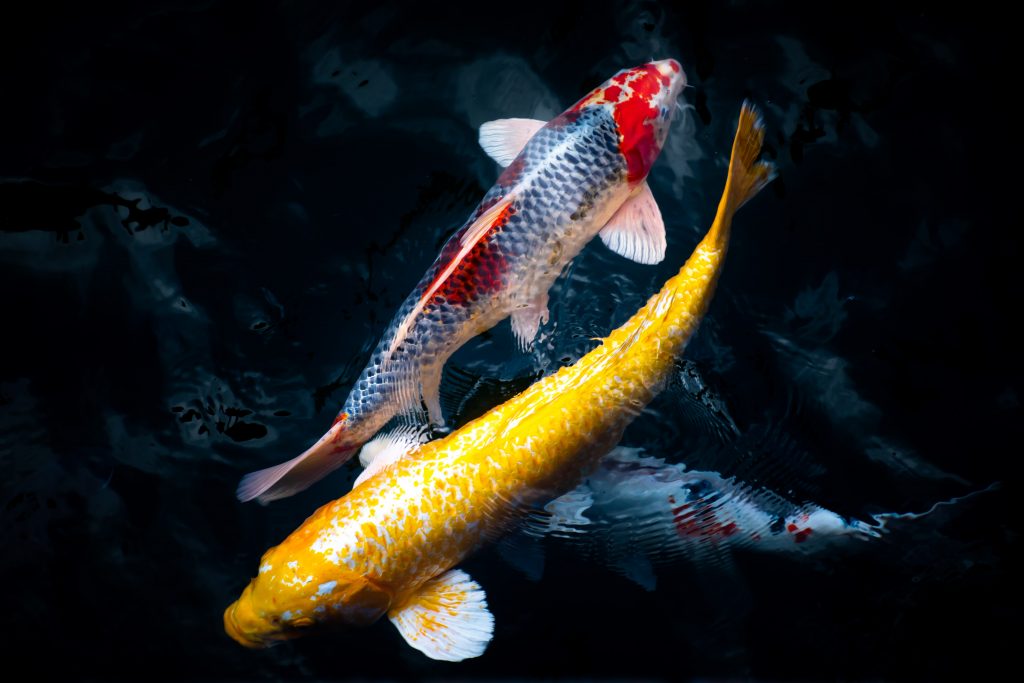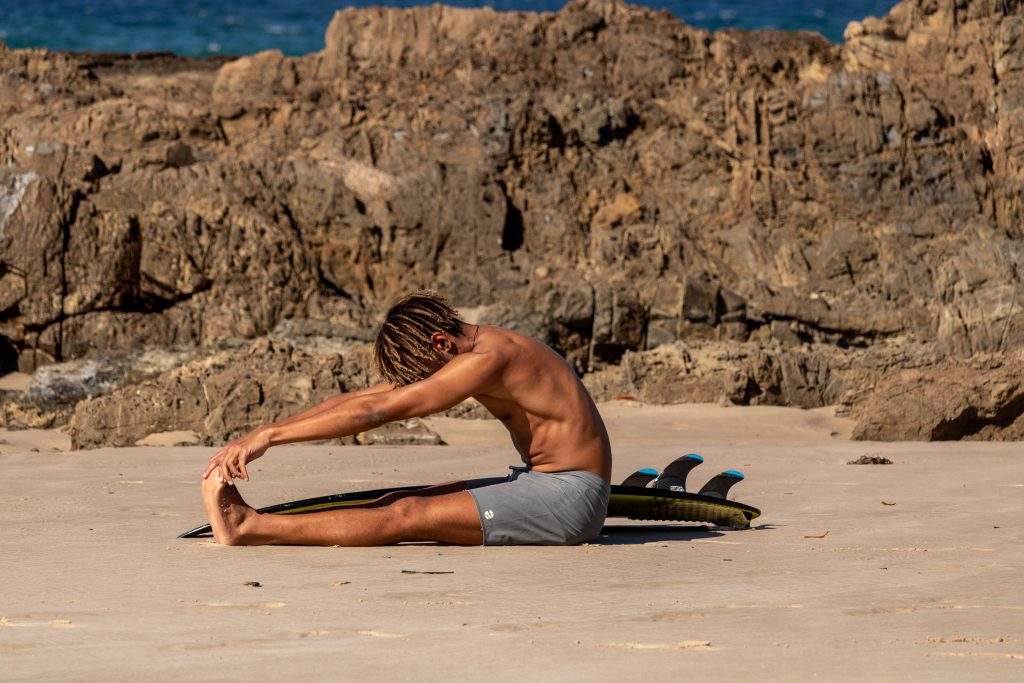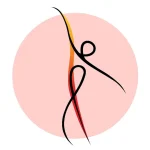Yin/Yang and their Role in Resistance Training
At Infinity, yin/yang are an integral part of our treatments. This ancient theory of duality helps us to better understand the world around us. Can you describe heat without understanding cold? Does summer exist without winter? Can light exist without darkness? Yin and yang describe these contrary and intertwined concepts. Yin defines yang, and vice versa. One cannot exist without the other and balance is maintained with equal parts of the two.
| Yang | Yin |
| Masculine | Feminine |
| Activity | Rest |
| Summer | Winter |
| Heat | Cold |
| Light | Dark |
| Movement | Relaxation |
| Strength | Flexibility |
Infinity treats muscular imbalances using the yin/yang theories that were established a long time ago. Traditional Chinese medicine (TCM) meridians use yin/yang to find imbalances and correct them. The meridians are pathways where qi travels in the body. Too much yin requires a balancing amount of yang to correct, and vice versa. A TCM practitioner reasserts balance by stimulating the meridians to improve the flow of qi.
Japanese shiatsu techniques work in a similar way. Shiatsu techniques treat imbalances using Kyo and Jitsu. Kyo represents a need when the body is missing something and results in a feeling of emptiness. Jitsu is the action we take to fulfill that need, to bring fullness to the body.
Excess yang or yin can cause a variety of imbalances in the body. Infinity uses yin/yang to identify problem areas, establish treatment plans, follow an internal map of balancing muscle groups and find the balance between strength and flexibility. Yin/yang show us where imbalances manifest in the body and we use that knowledge to regain balance and mobility.

Identifying Problem Areas with Yin/Yang
When you arrive at Infinity with an injury or imbalance, the yin/yang energies are used to identify then treat your problem areas. This primarily happens by identifying the meridian where the imbalance has manifested and then tracing it back to its source in a yin-yang-yin-yang pattern. The details are a bit complicated, but suffice to say that an injury to one of the yang meridians would be treated using its yin counterpart. And a yin imbalance would be treated using its yang counterpart. These yin and yang pairs are called balancing muscle groups.
Meridian Yang/Yin Partners
| Yang | Yin |
| Gallbladder | Liver |
| Large Intestine | Lung |
| Stomach | Spleen |
| Small Intestine | Heart |
| Brain | Sexual |
| Skin | Pericardium |
| Bladder | Kidney |
| Thymus | Appendix |
Yin/Yang in Balancing Muscles
Infinity’s system contains 16 individuals and 8 pairs of meridians. These meridians, or lines of energy, run through all of our major organs and limbs. If we trace one meridian up the front of the body, we will find its balancing meridian on the back of the body.
Each meridian passes through an organ, and that organ provides the meridian with its name.
A blockage in a meridian can happen because of a muscular injury, blood or lymphatic fluid blockage, or organ dysfunction. For example, an injury to the hamstrings will often cause problems in the hip flexors. In this case, if the hamstrings (brain) were too tender to be treated, the treatment plan would focus on the hip flexors (sexual) while frequently referring back to the hamstrings to see if there has been any improvement.

The longer an injury exists the more the body will use balancing muscle groups to compensate. This causes a chain reaction of compensation that travels in perpetual motion until the root cause of this existing injury is addressed and corrected.
Infinity’s knowledge of the compensation pathways allows us to identify the cause of an injury instead of simply treating the symptoms. Understanding the balancing muscles can empower your healing journey. When you begin to see the patterns of your injuries, you can trace those injuries back to the source and dynamically heal yourself while living your life.
The meridian muscle groups are listed below across from their balancing meridian.
Meridian Major Muscle Groups and Their Balancing Muscles
| Yang Meridian | Muscle Group | Yin Meridian | Muscle Group |
| Gallbladder | Abductors | Liver | Adductors |
| Large Intestine | Trapezius, Posterior Delts | Lung | Biceps, Anterior Delts, Pecs |
| Stomach | Lateral Quadriceps | Spleen | Medial Hamstrings |
| Small Intestine | Supraspinatus, Infraspinatus | Heart | Biceps |
| Brain | Hamstrings | Sexual | Hip Flexors |
| Skin | Posterior deltoid, Trapezius, Triceps Brachii | Pericardium | Pectoralis Minor, Biceps Brachii |
| Bladder | Lateral Hamstrings | Kidney | Groin |
| Thyroid | Deltoids | Appendix | Latissimus Dorsi |
The balancing aspect applies to more than just the physical location of the meridians themselves. The archetypes of the brain and sexual meridians are also balanced in the emotional, mental, and spiritual worlds. For example, the brain yang energy of the Engineer is tempered by the sexual yin energy of the God/Goddess and vice versa.
Flexibility (Yin) Versus Strength (Yang)
A crucial part of Infinity’s resistance exercises relies on the balance of strength and flexibility. Any exercise routine needs to balance these two functions to achieve a full range of motion and functionality.
Our muscles respond best to a mix of both strength and flexibility. Too much strength training creates an imbalance. The “strong” muscle dominates movement and the “weak” muscle disconnects because it doesn’t think it’s needed. When this happens, the strong muscle loses range of motion and the weak muscle becomes vulnerable to injury or overstretching. Both muscle groups need to work in perfect harmony to perform the actions our bodies require.
In an ideal world, you want strength and a full range of flexibility. If a resting muscle length is 10″ then the fully contracted version of that muscle is half its size or 5″ and the full range of flexibility is one and half times its size or 15″.
Take the same muscle at a resting length of 10”. If the muscle is only strength-trained and not sufficiently stretched, the contracted version of that muscle would only be 8” and the resulting flexibility would only be 12”.
Instead of separating strength and flexibility training, Infinity’s resistance exercises combine them. Infinity’s exercises use resistance to determine ranges for both strength and flexibility. Increases in flexibility directly follow increases in strength and vice versa.
Kyo Versus Jitsu
In shiatsu terminology, yin/yang appears as Kyo/Jitsu. Kyo represents hunger and lacking what you need to survive, while Jitsu represents the action you take to meet that need and the resulting feeling of fullness.
In the body, Kyo/Jitsu appear as “sinking areas” and “muscle knots.” A sinking area can be found where the muscles lack movement, leaving meridian points that feel vulnerable and empty. A muscle knot appears where muscles have been overworked and the “knot” manifests to show an excess of energy held in one place.
Kyo/Jitsu represent the balance between being empty (yin) and too full (yang). One would not exist without the other, and humans would not exist without hunger and the action to fulfill our needs. All illness is the body’s attempt to reassert harmony within the body. A healer who understands the Kyo/Jitsu meridian points can stimulate the empty points and bring lasting relief to the knots.
Infinity is a student of the shiatsu technique. We use Kyo/Jitsu to achieve balance by using bodywork to move the energy from points of excess to points of emptiness. Similar to the way we balance strength and flexibility, excess and emptiness are used to better understand imbalances in the body.
Applying Infinity’s Yin/Yang To Your Life
As always, Infinity’s goal is to make this type of training accessible for everyone. Our exercises can be used to create cross-training plans either at sessions with Infinity’s trainers or at home.
All cross-training techniques involve Infinity’s version of yin/yang. If you work the front and back of the body, you may need to counter with activities that use the side body muscles. For example, if you’re a skater, you are primarily using the muscles on the inside and outside of the legs. Cross-training using a rowing machine would activate the muscles on the front and back of the legs, and the muscles in the upper body, to balance out your activity. If you are a runner, your primary muscles would be in the front and back of the legs, and you could use skating (side to side exercise) to balance.
An excess of yang can lead to overworked and injured muscles. An excess of yin can lead to stagnant, flaccid, and weak muscles. Our bodies need both to achieve a healthy balance. Once you start to think in terms of yin/yang, you begin to see their presence in all parts of the body. This classic concept of dualism is what helps us see, feel, and understand balance, and balance is what keeps us healthy, whole, and happy.
Pretty much everyone has some form of muscular imbalance just from living their life. Infinity makes finding and treating these imbalances simple and accessible with private one-on-one training in the office or consultations for training at home.
Take Action!
Learn more about flexibility and strength training or schedule an appointment today!
Emma Matthies
Related posts
9 Comments
Leave a Reply Cancel reply
Categories
- Flexibility & Strength13 (13)
- Healing for Meridians10 (10)
- Holistic Lifestyle5 (5)
- Lymphatic Drainage7 (7)
- Massage4 (4)
- Meridian Archetypes19 (19)
- Spiritual1 (1)
- Traditional Chinese Medicine12 (12)























[…] In TCM, when yin and yang are out of balance, illness may also be present in the body. Check out this article on the importance of yin/yang at […]
[…] world of the meridians is one of opposites. Yin and yang. Masculine and feminine. Emotions are balanced by thoughts and our physical body is balanced by […]
[…] In TCM, when yin and yang are out of balance, illness may also be present in the body. Check out this article on the importance of yin/yang at […]
[…] She was a dancer who eventually became a doctor. When we worked together, we would start with the gallbladder meridian exercise. When you are feeling “off” or “not yourself” you can turn to your meridian exercise to come back to yourself. You will also need the balancing meridians’ energy, in this case, the liver meridian, to balance the dominant energy of their personality. You need both yin (liver) and yang (gallbladder) to be successful. Balance in your body and in your personality depends on yin and yang. […]
[…] Traditional Chinese medicine, the endocrine system is closely tied to the balance of yin and yang. Both elements need to be in balance for the body to function properly. Yin/yang, male/female, the […]
[…] world of the meridians is one of opposites. Yin and yang. Masculine and feminine. Emotions are balanced by thoughts and our physical body is balanced by […]
[…] She was a dancer who eventually became a doctor. When we worked together, we would start with the gallbladder meridian exercise. When you are feeling “off” or “not yourself” you can turn to your meridian exercise to come back to yourself. You will also need the balancing meridians’ energy, in this case, the liver meridian, to balance the dominant energy of their personality. You need both yin (liver) and yang (gallbladder) to be successful. Balance in your body and in your personality depends on yin and yang. […]
[…] In TCM, when yin and yang are out of balance, illness may also be present in the body. Check out this article on the importance of yin/yang at […]
[…] Traditional Chinese medicine, the endocrine system is closely tied to the balance of yin and yang. Both elements need to be in balance for the body to function properly. Yin/yang, male/female, the […]